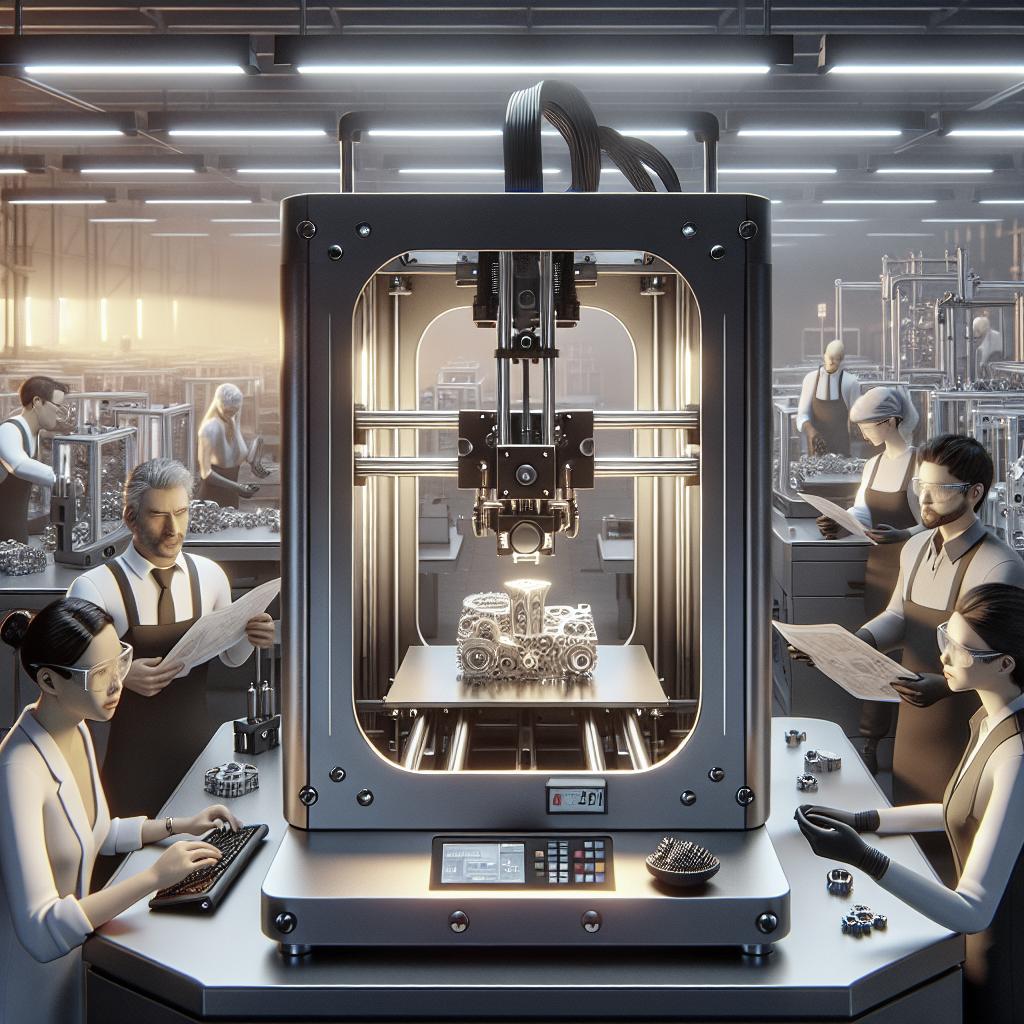<>
Introduction 3D printing, once a futuristic concept, is now revolutionizing various fields, and medicine is no exception. By pioneering patient-specific solutions and promoting rapid prototyping, 3D printing offers significant therapeutic advancements and practical applications. This blog post delves into the numerous ways 3D printing is transforming medicine. From patient-matched devices to bioprinting and surgical planning, the technology is reconfiguring the healthcare landscape. We’ll also look at the key regulated products in this space, giving a comprehensive understanding of this groundbreaking technology’s current state and future potential.
Patient-matched devices
One of the most impressive applications of 3D printing in medicine is the creation of patient-matched devices. This innovative approach involves customizing medical devices to fit the unique anatomical features of each patient, as captured by their medical imaging data. For instance, prosthetics and orthotic devices can be perfectly tailored to individual bodies, offering increased comfort and functionality. Orthopedic implants like hip and knee replacements can be custom-designed to suit the patient’s bone structure, significantly improving the fit and success rate of surgical outcomes. Furthermore, dental applications have seen accelerated growth with the use of 3D printing. Customized aligners, crowns, and dentures are now easily produced with remarkable precision. Digital scans of a patient’s mouth can be directly translated into accurate dental appliances, saving substantial time and resources. This method enhances patient satisfaction by providing a perfect fit and reducing the number of required adjustments. The cardiovascular field is another beneficiary of patient-matched devices. For example, custom-made stents and heart valves designed with 3D printing offer tailored treatments that conform to the specific requirements of each patient. This personalized approach not only improves the effectiveness of treatments but also reduces the risk of complications, making surgeries safer and more efficient.
Other uses of 3D printing
Beyond patient-matched devices, 3D printing serves various other intriguing purposes in medicine. Surgical planning and education have seen a considerable boost through the use of 3D printed models. Surgeons can now practice complex procedures on realistic, patient-specific models, allowing them to plan and rehearse surgeries before the actual operation. This leads to more efficient surgeries, reduces time under anesthesia, and significantly lowers the risk of complications. Another fascinating application is bioprinting, which involves creating tissue-like structures using bio-inks composed of living cells. Though still in the experimental stages, bioprinting aims to produce fully functional tissues and organs for transplants. Researchers are making headways in printing skin grafts, liver tissues, and even rudimentary heart structures. If successful, this could address the organ shortage crisis and offer personalized, immune-compatible transplant options. Drug development and delivery have also gained a new dimension with 3D printing. Personalized pills that combine multiple medications into a single, easily digestible dose can now be fabricated. This customization can be especially beneficial for patients with chronic diseases who need to manage complex medication schedules. Additionally, 3D printing enables the rapid prototyping of new drugs and delivery systems, speeding up the research and development process.
Content current as of:
The information provided in this blog post is current as of 2023. Continuous advancements are being made in the field of 3D printing, so it is essential for interested parties to stay updated with the latest research and breakthroughs. Regular consultation of scientific journals, industry news, and academic publications is recommended for the most accurate and recent information.
Regulated Product(s)
The FDA (Food and Drug Administration) plays a crucial role in regulating 3D printed medical products in the United States. As 3D printing technology evolves, a regulatory framework has been established to ensure that these products meet safety and efficacy standards. Medical devices, including patient-specific implants and prosthetics, undergo rigorous evaluation processes to ensure they are safe for clinical use. Custom medical devices and bioprinted organs, being highly specialized, also fall under stringent regulations. The FDA requires extensive clinical trials and validations to approve these innovative products. This ensures that the biocompatibility, structural integrity, and functionality of the 3D printed tissues and organs meet medical standards, minimizing the risk to patients. The regulatory landscape for 3D printed drugs is equally critical, ensuring that new formulations are thoroughly tested before they are made available. Despite these regulatory challenges, the potential benefits of 3D printing in medicine are enormous. The FDA and other regulatory bodies are continually updating guidelines to accommodate the rapid advancements in 3D printing technology, supporting the balance between innovation and patient safety.
Next steps
The realm of 3D printing in medicine is expanding, with endless applications and promises. As technology continues to advance, it offers tangible solutions to some of the most pressing challenges in healthcare. From personalized implants to bioprinting tissues, the future is ripe with possibilities. However, with innovation comes the responsibility of ensuring safety through stringent regulations. “`
| Application | Description |
|---|---|
| Patient-matched devices | Custom implants, prosthetics, and dental appliances |
| Surgical planning & education | Patient-specific 3D models for practice and planning |
| Bioprinting | Fabrication of tissue-like structures for future organ transplants |
| Drug development & delivery | Personalized pills and rapid drug prototyping |
| Regulated Products | FDA oversight for safety and efficacy of 3D printed medical products |
“`


